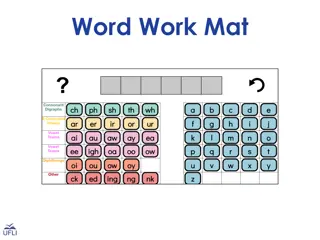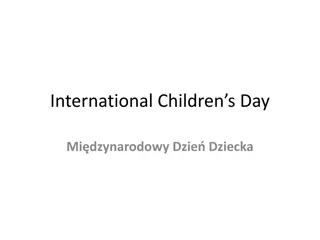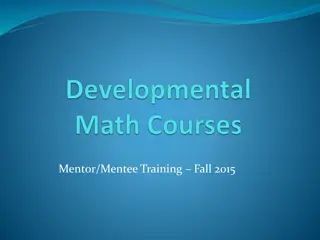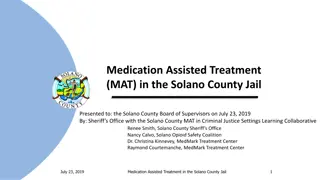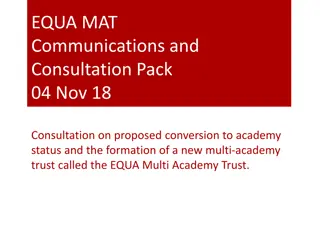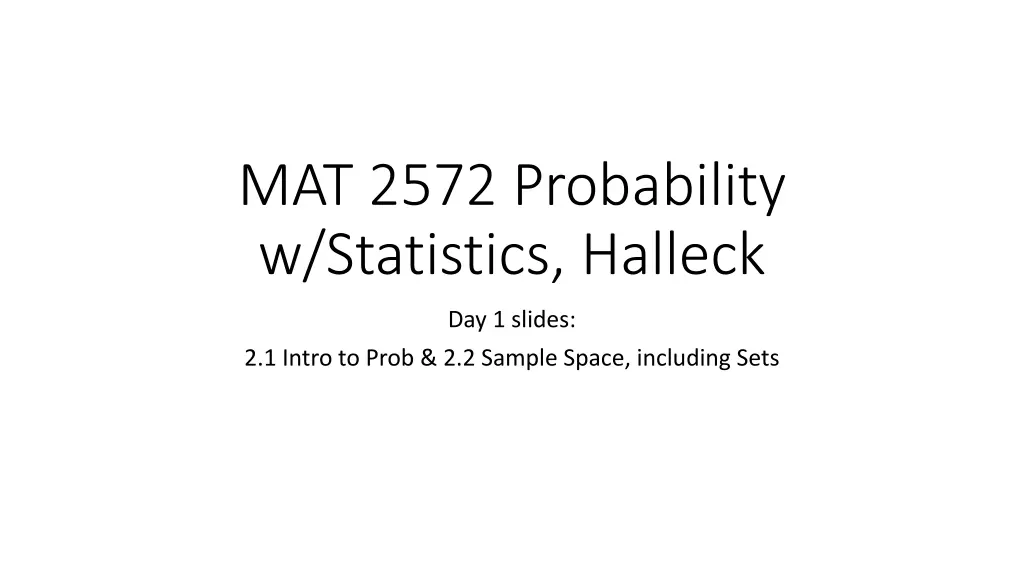
Understanding Probability and Sample Spaces
Explore the fundamental concepts of probability theory, including the classical definition, sample spaces, events, unions, intersections, and basic examples. Discover how to analyze experiments, sets, and outcomes to calculate probabilities effectively.
Download Presentation

Please find below an Image/Link to download the presentation.
The content on the website is provided AS IS for your information and personal use only. It may not be sold, licensed, or shared on other websites without obtaining consent from the author. If you encounter any issues during the download, it is possible that the publisher has removed the file from their server.
You are allowed to download the files provided on this website for personal or commercial use, subject to the condition that they are used lawfully. All files are the property of their respective owners.
The content on the website is provided AS IS for your information and personal use only. It may not be sold, licensed, or shared on other websites without obtaining consent from the author.
E N D
Presentation Transcript
MAT 2572 Probability w/Statistics, Halleck Day 1 slides: 2.1 Intro to Prob & 2.2 Sample Space, including Sets
2.1 Intro to Prob The first formulation of probability (the classical definition) is credited to Gerolamo Cardano (Italian, 16thcentury) It applies only to situations where 1. the number of possible outcomes is finite; 2. all outcomes are equally likely. Under those conditions, the probability of an event comprised of m outcomes is the ratio m/n, where n is the total number of (equally likely) outcomes. In the 20thcentury, Andrei Kolmogorov (Russian) axiomatized the subject. His approach is presented in sections 2.2 & 3.
2.2 Sample space, basic examples and a review of set theory Experiment: any procedure that 1. can be repeated (at least theoretically) an infinite # of times 2. has a well-defined set of possible results, called outcomes sample space (S): the set of all outcomes. Event (A, B, C, etc.): a subset of the sample space.
Example 2.2.1 flipping a coin 3 X flip a coin 3 times and record (in order) the sides it lands on S: {hhh,hht,hth,htt,thh,tht,tth,ttt} Let A = majority of flips are heads A is an event and as a set is {hhh,hht,hth,thh} Note that |A|= |S|. What if we flip the coin 4 times, let A= more heads flipped than tails Will it still be true that |A|= |S|?
Example 2.2.2 rolling 2 dice, event A: sum is 7 Dice: roll 2, one green, one red. Instead of a linear rep of S, here is a grid:
Example 2.2.4: flip a coin until you get a tail Noteworthy of this example is that the sample space is not finite:
More difficult example union and intersection What is the infinite union and infinite intersection? Note how these questions require a basic understanding of limit as was developed in your Calculus I and II courses.
Complement: Let s revisit some previous examples: complement of majority heads (for flipping coin 3 times) is majority tails. sum is 7 for 2 dice roll is sum is not 7 (i.e., sum is 2, 3, 4,5,6,8,9,10,11 or 12). Ace or heart is any club, diamond or spade that is NOT an ace.
Another complement example Complement are all points on the circumference of the circle or outside.
Mutually Exclusive: def and examples Given a roll of 2 dice (green, red), let: A: sum is 7 B: sum is even C: green die is 1 Which pairs A,B; A,C; B,C are mutually exclusive? A and B are mutually exclusive. Neither of the other 2 pairs are: (1,6) is in both A and C (1,3) is in both B and C.
exclusive or exclusive or (set of elements in one set or other, but not both) Is this illustrated by ordering potato OR rice in a restaurant?









